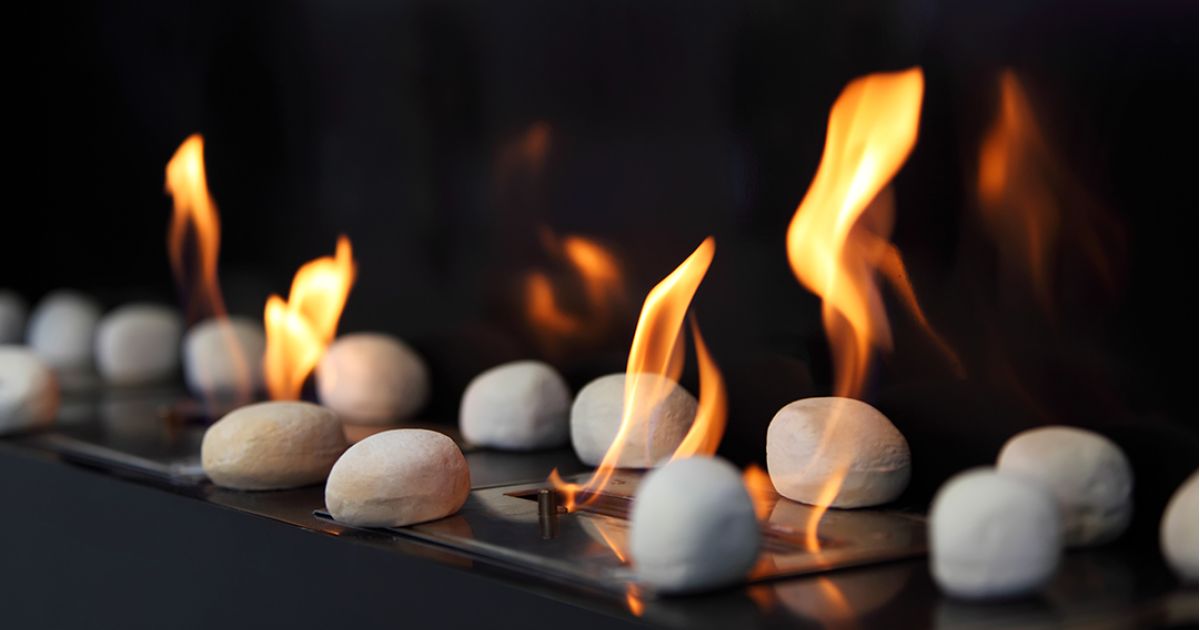What You Need to Know About Your Gas Fireplace
IMPORTANT NOTE: . Our company is located in British Columbia, Canada. If you are reading this article in another location, we hope you enjoy the information, but unfortunately we cannot service you.

A fireplace in the colder seasons can feel like a good friend: they’re warm and comforting to have around. However, they can also be dangerous if you don’t treat them with respect.
If you’ve been thinking about getting a natural gas fireplace installed in your home, or you simply want to revisit some facts about your existing one, then read on. Here are some things you need to know about your home’s gas fireplace.
Not every fireplace is the same
Overall gas fireplaces are the most clean and energy efficient option when it comes to installing a new one. Carbon monoxide, smoke, and other emissions are produced less than the traditional wood-burning ones.
However, not all gas fireplaces are created equally. Some gas fireplaces are heaters by design, while other are actually classified as purely decorative. The best way to tell the difference is to compare the efficiency ratings.
Bigger does not mean it’s better
A fire in the home when it’s freezing cold out can be a great source of comfort and heat. A huge roaring fire, on the other hand, can actually cause more discomfort than anything else. This is especially true if the fireplace is small while the output is massive.
Much like HVAC, there are many factors that apply to the size of a gas fireplace and how effective it will be in warming you up. There’s your home’s layout, airtightness, other heat sources, and insulation that all need to be considered. When you take these into account, a gas fireplace that’s properly sized and well-located can meet up to half of a home’s heat demand.
More than one vent option is available
In fact, four options are available when it comes to proper ventilation for your gas fireplace:
- This is the safest, most versatile, and most energy efficient vent option, as it sends the smoke and pollutants in the air away through the chimney. Homeowners who have new or airtight houses or who want security with their gas fireplace will most definitely benefit from a direct vent.
- Natural vent fireplaces take and then release combustible air through a pipe venting system or a brick chimney. While inexpensive to use, it’s less versatile given its issues with air flow in homes.
- Vent-free. These hearths are one of the most efficient in terms of energy and heating. You don’t need a chimney with these to keep smoke away, and they can be placed anywhere. However, if you’re looking for quality air as well, the vent-free system comes designed with a sensor that will automatically turn it off if lower oxygen levels in the room are detected.
- This is the least common type, coming with a fan-powered accessory to enhance air exchange. Because of this, extensive vent runs are allowed, plus it can be installed in more uncommon areas in homes such as freestanding walls.
Each option will depend on, again, your heating needs as well as your budget. The size of your home, how old it is, and how big it is are all factors to consider also. Consult with a professional before you decide on one vent system (it may not be the best fit for your home or gas fireplace at all).
Year-round care goes a long way…
Even though gas fireplaces don’t get as messy or ash-covered like wood-burning ones, they still need to be kept clean for maximum efficiency. You will have to wipe down the fake logs to remove soot, use a vacuum cleaner to remove dust, and clean all the glass parts such as the doors and the flame protector.
Avoid using chemicals to clean at all costs. Instead of that, use a product specifically made for cleaning fireplaces, or use warm soapy water. You can ask your fireplace’s installation expert for recommendations on cleaning and cleaning products. It’s also a good idea to set a reminder on your calendar for complete inspections, once per year.
…So does a tune-up
Overall, a gas fireplace is a safe and energy-efficient means of heating. However, much like any HVAC system, an annual tune-up is required so that it will perform at its best when you need it to. Scheduling an inspection with one of our professionals will help guarantee that your fireplace will be clean, safe, and at peak efficiency. The ceramic logs can be replaced and the fans cleaned for better circulation.
Maintaining gas fireplaces is one of our services, so if that’s what you need, give us a call. At Rep-Air Heating And Cooling we provide our customers with many options that will best suit your needs from heating and cooling to refrigeration. Contact us today for your complimentary quote: 1-844-218-3362 or contact@repairheatingandcooling.com and don’t forget to take a look at our website: https://www.repairheatingandcooling.com. Follow us on Facebook and Instagram for free giveaways!
Request your service today!
Our team of highly trained technicians are standing by ready to help you out with all of your service, repair, and installation needs. You can count on us for on-time repairs, professional installation, and the friendliest customer service in town!Contact Rep-Air Heating & Cooling today to get started with service by requesting a quote online, or by phone at (844) 218-3362.
Request Service
Contact us today to request an estimate or schedule service.






